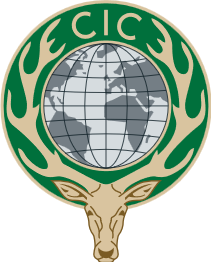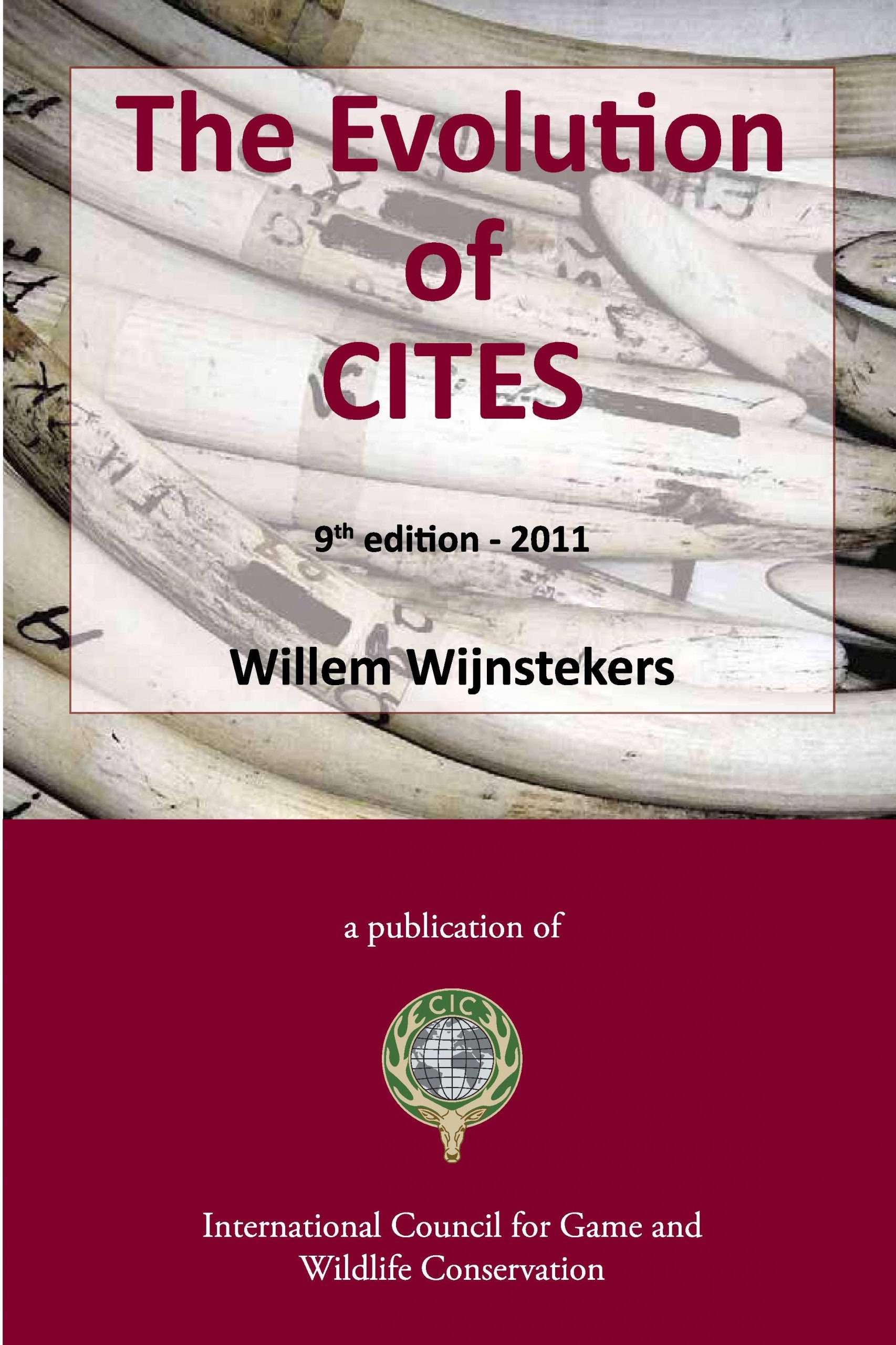Wildlife Crime
A CIC Initiative
For almost 100 years, the International Council for Game and Wildlife Conservation (CIC) has been leading the fight against wildlife crime. Our 1,800+ members, from 80 nations and representing 27 government bodies, are not just hunters – they are dedicated protectors of nature. They are committed to opposing illegal activities and safeguarding our planet’s biodiversity.
The Threat of Wildlife Crime
The second biggest direct threat to species survival, after habitat destruction, is illegal wildlife crime. It isn’t just a threat to whole populations of animals – it’s a direct assault on ecosystems, local economies, and cultural traditions. As long-standing advocates for responsible, sustainable hunting, we have witnessed first-hand the devastating impact of illegal and unsustainable practices on both wildlife and communities.
The European Union (EU) continues to be a significant market for wildlife trafficking, with commercial entities and individuals smuggling wild species and their products into, through, and from EU Member States. This illegal trade poses a serious threat to biodiversity and undermines legitimate, sustainable use practices that support conservation efforts.
A recent analysis of over 3,600 EU wildlife seizures in 2022 reveals an astounding array of live animals, body parts, derivatives, and other products intercepted by customs and enforcement agencies throughout the region.
CITES Enforcement in the Hunting Community
Through its General Assemblies and global network, the CIC works diligently to ensure that:

CIC’s Action Plan
Awareness raising: Our “Hunters United Against Wildlife Crime” Global Summit, held during the 61st CIC General Assembly in Milan, Italy, demonstrated the power of mobilizing hunters against wildlife criminals. Our message is clear: responsible hunters can be powerful agents in the fight against wildlife crime.
Policy Advocacy: With our UN consultative status, we are bringing the voice of responsible hunters to international forums, shaping policies that protect wildlife and punish criminals.
Community Partnerships: We work hand-in-hand with Indigenous peoples and local communities, empowering them to become frontline defenders against wildlife crime.
Our efforts are making a difference. By mobilizing hunters as allies in the fight against wildlife crime, we have:
– Strengthened global anti-poaching initiatives
– Improved wildlife monitoring and data collection
– Supported sustainable livelihoods in vulnerable communities
– Influenced international policies on wildlife protection
The CIC’s Legacy
Since our inception in 1930, we have been unwavering in our commitment to combat wildlife crime, overuse, pollution, and unsustainable land management. Our founders were visionaries and early champions of international regulations, species protection, and habitat conservation. Today, we continue their legacy, leading the charge in the modern conservation movement.
Together, we can create a world where wildlife thrives, ecosystems flourish, and sustainable hunting plays a vital role in conservation. Join us in this crucial mission.
$70-$230 billion
Is the annual value of the illegal wildlife trade – making it the third largest illicit trade after drugs and human trafficking.
Join the Fight
The battle against wildlife crime is far from over. Whether you’re a hunter or simply someone who cares about our planet’s future, here’s how you can take action:
- REPORT suspected wildlife crimes to authorities
- EDUCATE yourself and others about wildlife crime
- SUPPORT sustainable hunting practices
Remember: Every action, no matter how small, contributes to the larger goal of preserving our planet’s biodiversity for future generations.
Related CIC Publication
11th Edition, Authored by Willem Wijnstekers, Published by the CIC.
The Evolution of CITES was a regular publication providing a comprehensive overview of the work of the Convention on International Trade in Endangered Species of Wild Fauna and Flora (CITES). Explains key definitions, listing criteria, and trade provisions outlined in the Convention’s Articles and Resolutions, while giving an overview of its history, structure, and implementation.

